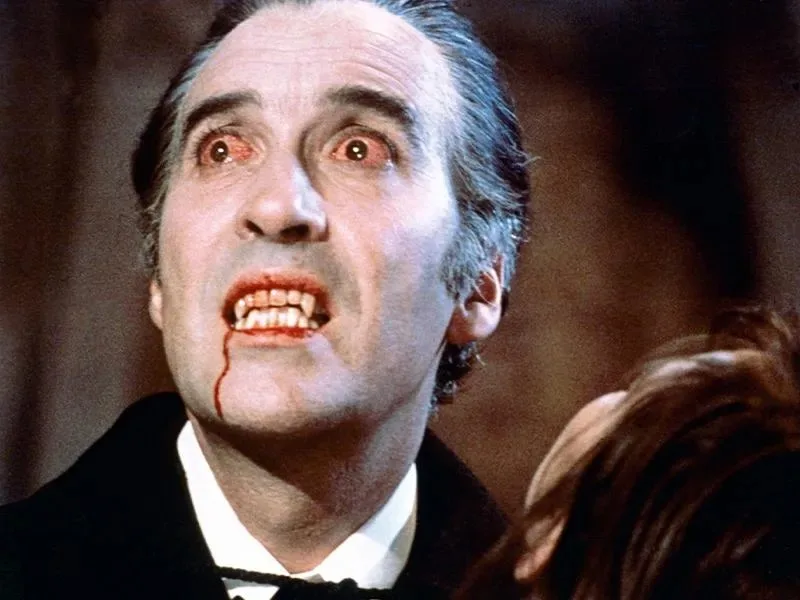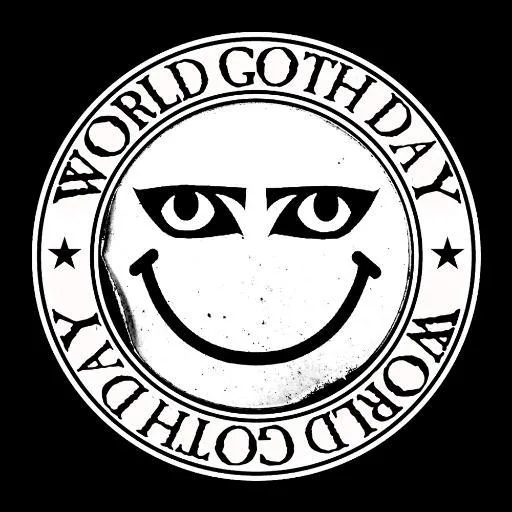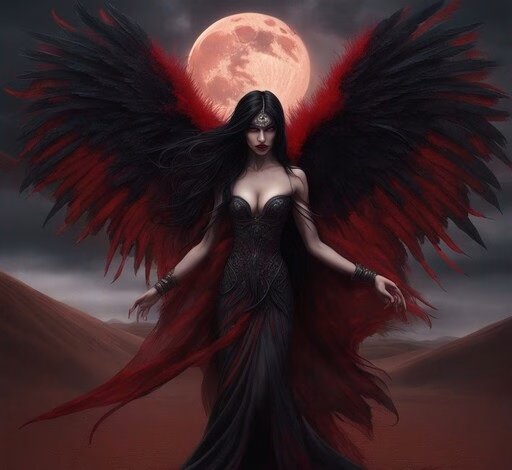vampire
Vampiric entities have been recorded in cultures around the world; the term vampire was popularized in Western Europe after reports of an 18th-century mass hysteria of a pre-existing folk belief in Southeastern and Eastern Europe that in some cases resulted in corpses being staked and people being accused of vampirism.

World Dracula Day
The Eternal Legacy of Bram Stoker’s Icon Each year on May 26th, fans of Gothic horror, vampire lore and the macabre, gather to celebrate World Dracula Day, the anniversary of the publication of Bram Stoker’s timeless novel, Dracula, first released in 1897. This isn’t just a nod to a fictional character. It’s a cultural phenomenon…

World Goth Day
A Celebration of Darkness and Individuality Every year on May 22nd, the world unites under a single banner of black lace, eyeliner and ethereal melodies to celebrate World Goth Day. What began as a small idea in the UK has evolved into an international day of recognition for the Goth subculture, a movement that blends…

Lilith:The Dark Feminine Power That Defied Creation
The Origins of Lilith: Demon or Divine? Lilith’s legend is as ancient as the shadows she walks in. Her origins trace back to Mesopotamian mythology, where she was feared as a night demon, a storm spirit, and a bringer of death. Found in Sumerian, Akkadian, and Assyrian texts, she was depicted as a winged, predatory…

Elizabeth Bathory
The Infamous History of Elizabeth Báthory: The Blood Countess Elizabeth Báthory, often referred to as the “Blood Countess,” remains one of history’s most infamous figures. Born into Hungarian nobility in 1560, Báthory’s life was one of privilege and power, yet her name became synonymous with unspeakable cruelty and sadism. Accusations against her ranged from torture…




